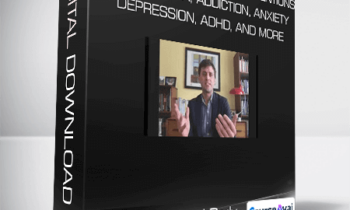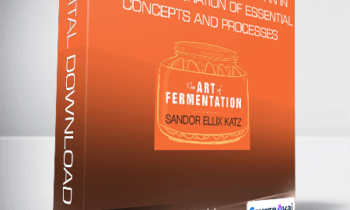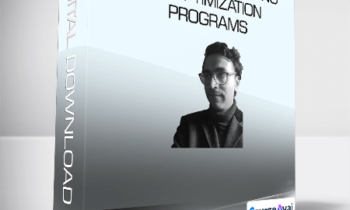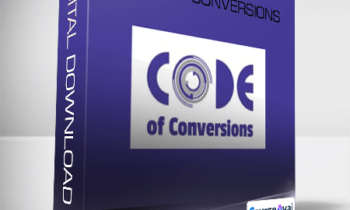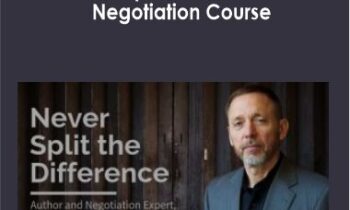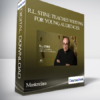$90.00 Original price was: $90.00.$33.00Current price is: $33.00.
Award-winning novelist R.L. Stine wrote jokes and funny stories for 20 years before he switched gears and became a horror-writing legend. Since then, the author of the Goosebumps and Fear Street series has sold more than 400 million copies.
 Purchase this course you will earn 33 Points worth of $3.30
Purchase this course you will earn 33 Points worth of $3.30Elevate your skills with the Masterclass – R.L. Stine Teaches Writing for Young Audiences course, available for just $90.00 Original price was: $90.00.$33.00Current price is: $33.00. on Utralist.com! Browse our curated selection of over 60,000 downloadable digital courses across diverse Trending & Bestselling. Benefit from expert-led, self-paced instruction and save over 80%. Start learning smarter today!
Award-winning novelist R.L. Stine wrote jokes and funny stories for 20 years before he switched gears and became a horror-writing legend. Since then, the author of the Goosebumps and Fear Street series has sold more than 400 million copies.
Purchase Masterclass – R.L. Stine Teaches Writing for Young Audiences courses at here with PRICE $90 $33
DOWNLOAD INSTANTLY
PLEASE CHECK ALL CONTENTS OF THE COURSE BELOW!

 Masterclass – R.L. Stine Teaches Writing for Young Audiences
Masterclass – R.L. Stine Teaches Writing for Young Audiences
Award-winning novelist R.L. Stine wrote jokes and funny stories for 20 years before he switched gears and became a horror-writing legend. Since then, the author of the Goosebumps and Fear Street series has sold more than 400 million copies. In his first-ever online writing class, Bob takes the fear out of crafting fiction. Whether you’re a beginner or a pro, you’ll learn new ways to conquer writer’s block, develop plots, and build nail-biting suspense that will thrill young readers.
01. Introduction
Meet your new instructor, R.L. Stine (you can call him Bob). The legendary kids’ horror author outlines his intentions for the class and encourages you to forget the idea that writing is difficult.
1:46
02. The Idea Store
Bob reveals how to stay alert for ideas and shares three great places to find them: experience, memory, and imagination. These are departments in what he calls “the idea store.”
9:41
03. Other Rich Sources of Ideas
There are so many ways to find inspiration for your story. Here, Bob points to some that might surprise you—television and movies, titles, and topics.
8:27
04. Getting From Idea to Plot Outline
Once you have an idea you love, Bob believes you should map out your plot using his preferred method: the outline.
8:53
05. Outlining: Surprise Endings and Cliffhangers
Surprise endings and cliffhangers are tried and true methods to get kids to read—and keep them reading. Learn the value of figuring out your ending first and how to write a compelling cliffhanger.
10:45
06. Outlining: Plot Twists and Tricks
As you continue to write your outline, Bob reveals what you should include in the middle of your book to keep readers engaged, from twists and surprises to false leads.
9:25
07. Outline Case Study
Bob shares two versions of his outline for I Am Slappy’s Evil Twin—the one that was rejected by his editor and the one that was accepted—and breaks down how he strengthened the plot in the outlining phase.
7:44
08. Kids Are the Best Audience
Making your books fun and easy to read is the key to hooking young readers. Learn Bob’s strategies for understanding young audiences.
10:04
09. Writing for Different Age Levels
Learn how to build the appropriate amount of “scary” into books for different age levels.
12:38
10. Case Study: Comparing Young Adult and Middle Grade Fiction
Bob breaks down the differences between YA and middle grade books using two examples from his own work.
6:12
11. The Key to Scary Writing: POV
When writing horror, Bob believes writing from the point of view of your main character will maximize fear. He explains the importance of focusing on what your characters are experiencing, rather than what they are feeling.
9:57
12. Hook Readers Right Away
Bob teaches you how to write an effective hook that swiftly captivates young readers.
5:10
13. How to Scare Your Readers
Get immediately download Masterclass – R.L. Stine Teaches Writing for Young Audiences
Learn to maximize “the scares” when writing for young audiences. Bob shares his method of tapping into your childhood fears, making ordinary locations scary, and using sensory details to set the scene.
12:39
14. Making Monsters
Bob teaches you how to transform inanimate objects into terrifying monsters with examples from It Came from Beneath the Sink! and Say Cheese and Die!
6:06
15. Dialogue and Prose Style
Dialogue is the primary tool Bob uses to reveal character and story. Learn how he writes timeless, realistic dialogue and how to discover your own writing style.
7:41
16. Mixing Horror and Humor
Horror and humor go hand in hand. Bob explains why humor is harder to write than horror and how to use humor to create breaks between scary scenes.
10:48
17. Creating Middle Grade Characters
Learn how Bob develops relatable middle-grade characters that help middle-grade readers enter the world of the story and make his books even scarier.
6:28
18. Creating YA Characters
To demonstrate how to avoid clichés and construct realistic characters, Bob walks you through his character cheat sheet using examples from Give Me a K-I-L-L.
7:07
19. Have Fun With Your First Draft
Bob takes you through his steps for writing a first draft and reminds you to enjoy the process.
8:48
20. Revising and Getting Feedback
Learn how to first revise on your own and then seek honest feedback. Bob teaches you what questions to ask of your draft-readers and editors—and how to take criticism in stride.
8:18
21. Developing a Book Series
To develop a series, focus on selling the first book. Learn how to construct rich settings and characters that leave your readers eager to read book two.
15:19
22. Borrow From Your Influences
From Shakespeare and Dickens to Agatha Christie, Ray Bradbury, and Stephen King, Bob breaks down what he’s learned about storytelling from some of his favorite writers.
10:50
23. Writing as a Career
Bob shares advice for aspiring writers and teaches why it’s important to choose your genre and understand the market.
12:07
24. Promoting Yourself
Bob gives recommendations on how to promote yourself as a writer through school visits, book fairs, and social media.
5:54
25. Combating Writer’s Block and Developing Routines
The best way to combat writer’s block is to be well-prepared. Learn the self-discipline, tools, and routines that helped Bob write the Goosebumps series.
10:55
26. Twenty Story Ideas for You
Bob shares 20 story ideas to take away and make your own.
3:15
27. Exercises to Get You Going
Experiment with writing exercises you can utilize to jump-start your process.
4:52
28. Conclusion
Now that Bob has covered his tips and tricks, he challenges you to start writing and have fun!
Purchase Masterclass – R.L. Stine Teaches Writing for Young Audiences courses at here with PRICE $90 $33
Cultivate continuous growth with the Masterclass – R.L. Stine Teaches Writing for Young Audiences course at Utralist.com! Unlock lifetime access to premium digital content, meticulously designed for both career advancement and personal enrichment.
- Lifetime Access: Enjoy limitless access to your purchased courses.
- Exceptional Value: Benefit from savings up to 80% on high-quality courses.
- Secure Transactions: Your payments are always safe and protected.
- Practical Application: Gain real-world skills applicable to your goals.
- Instant Accessibility: Begin your learning journey immediately after buying.
- Device Compatible: Access your courses seamlessly on any device.
Transform your potential with Utralist.com!
Related products
Trending & Bestselling
= 51 Points
Trending & Bestselling
= 114 Points
Trending & Bestselling
= 16 Points
Trending & Bestselling
= 248 Points
Trending & Bestselling
ConversionXL (Manuel da Costa) – Building and Scaling an Optimization Programs
= 75 Points
Trending & Bestselling
= 135 Points
Trending & Bestselling
= 38 Points
Trending & Bestselling
= 137 Points

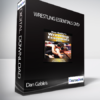
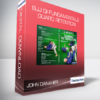
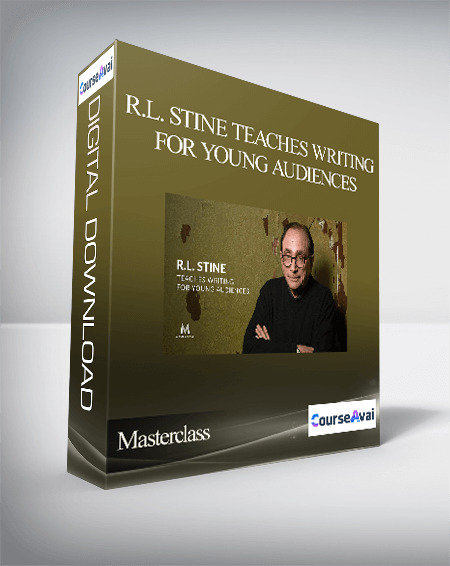
 Masterclass – R.L. Stine Teaches Writing for Young Audiences
Masterclass – R.L. Stine Teaches Writing for Young Audiences